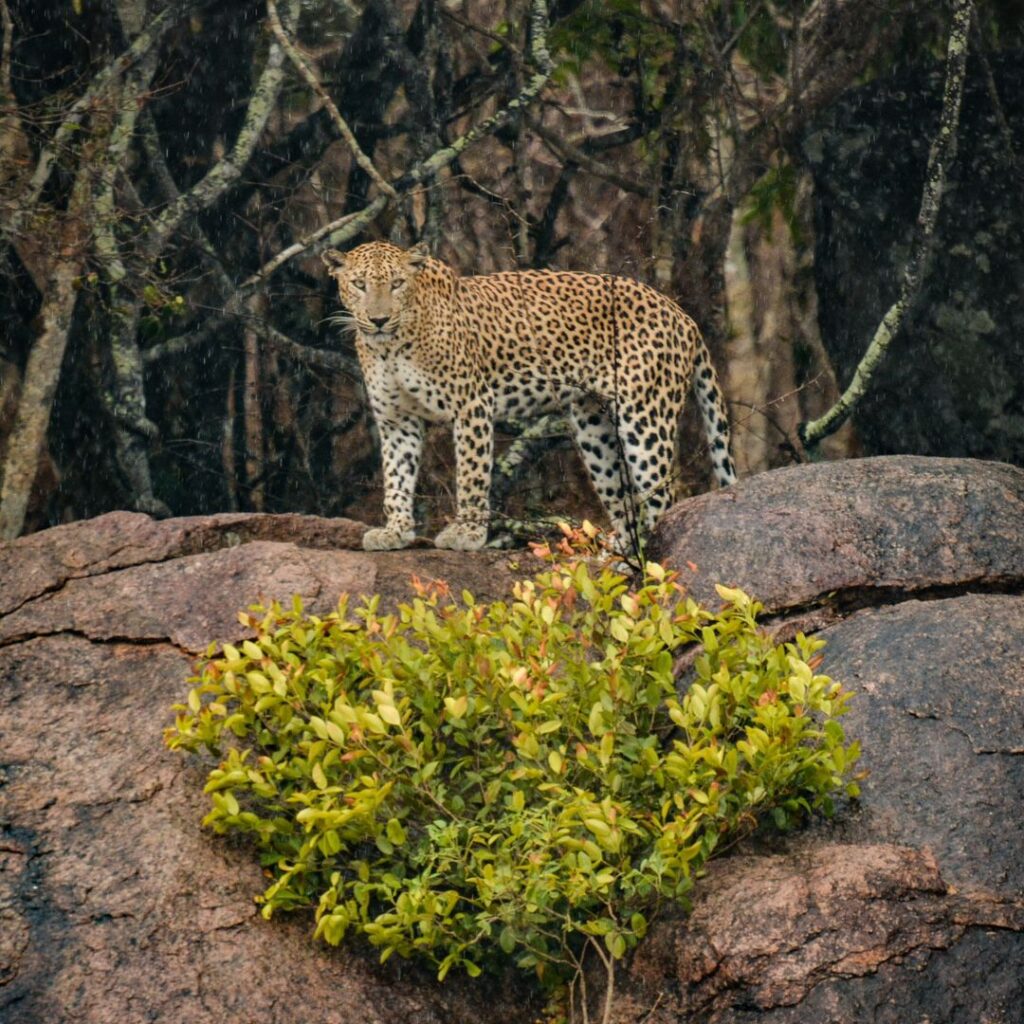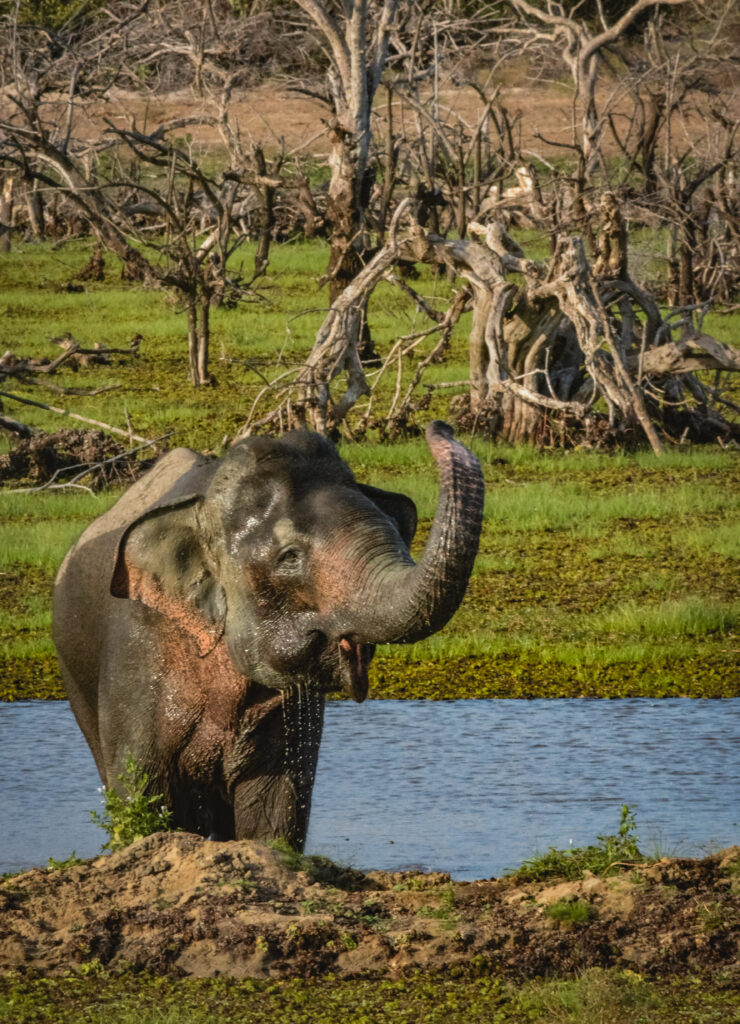Sri Lanka is one of the hotspot areas for biological diversity and offers incredible facets of wildlife. On this island one can observe magnificent elephants living in the national parks or leopards mentioned above and numerous birds that would be a naturalist’s delight. Although this region offers diverse Wildlife, these species are under a lot of threats such as habitat loss and fragmentation, human wildlife conflict and poaching. Documentary films are now receiving improved recognition as being the significant instruments for wildlife preservation in Sri Lanka, as a strategy to increase public awareness and interest as well as stimulate the formation of more positive appreciations and engagement towards the conservation of the natural world by Sri Lankan wildlife documentaries.



This is a breakdown of how the power of wildlife documentaries filmmaking is brought out in the film.
Documentary, as a form of filmmaking, has for long been a means of telling stories that do not adhere to national boundaries as well as more often than not cut across different cultures. It gives chance to those persons who would otherwise remain unnoticed and in the case of wild animals it makes the audience aware of the current state and magnificence of wildlife. I think that one of the biggest advantages of a documentary film is the possibility to evoke some sort of an emotional response from viewers towards the issue at hand. For example, when filmmakers observe the lives of animals in their environments it becomes easier for them instill the feelings of responsibility in people.






Wildlife in Sri Lanka is currently in the spotlight.
Species of Sri Lanka are rich and include endemics, animals that can be found only on the territory of this country. For instance, the grey colour of the Sri Lankan leopard that ranges from the southwestern central hills makes it one of the most identifiable fauna species of the country. However, this elusive cat is also endangered since its population is being threatened by loss of its natural habitat and human Interference. Documentaries such as “Leopard: The conservation and the survival of these wonderful species have greatly benefited from books like “The Last Refuge”.
Similarly, habitat loss, fragmentation, and human-wildlife conflict seriously threaten the Asian elephant, which holds cultural value for the people of Sri Lanka. Movies such as Elephant Whisperer bring out the struggle that most conservationists go through to ensure that they protect these giants and that there can be harmony between humans and elephants. As a result of these films, the audience can understand various aspects of endeavors to protect elephants, as well as the people who share habitats with these animals.
Increasing People’s Knowledge as well as Mobilizing Them
Sri Lankan wildlife documentaries are not only creating awareness but producing results which involve the protection of the endangered species. Other films include, ‘Wild Sri Lanka’ that has gone round the world informing people about the natural resources available in the country and the consequent danger of exploitation. These documentaries bring conservation related changes and influences the locals and other documentary makers by supporting some conservation efforts.



At times, documentaries have brought about policy and practice changes or brought the realization about some of the misdeeds occurring in the society. For instance, the documentary “The Last Elephant Corridor” helped to draw awareness to the problem of species connection and the necessity to preserve ecological passages connecting regions occupied by wildlife. This resulted from public pressure that forced the creation of these corridors together with the moderation of bearing or impacts of human activities on wildlife species.
Challenges and Opportunities
Even though documentaries release such impacts on the screen through documentation, they still encounter challenges in conserving wildlife in Sri Lanka. Shooting on location is not an easy task for filmmakers because it involves a lot of planning thus the limitation of funds for conservation-related films. Also, there is the problem of making sure that the films get out and make an impact in society.
But the possibilities of the documentary film as a tool in the process of saving the remaining pieces of wildlife habitat are endless. The current generation uses the internet and social media to produce and craft films for people all across the globe. This aspect ensures that people gain higher awareness and involvement in the issues which affect conservation both in Sri Lanka, and in other countries.
Conclusion
Sri Lanka hosts a tremendous number of species and biodiversity, and we must preserve it for future generations. Through the documentary, the scenic location of this island emerges impressively, and at the same time, takes the audience to grieves of wildlife difficulties. Through encouraging awareness, informing people, and prompting action, documentaries have become a powerful tool for the conservation of Sri Lanka’s natural resources. In addition to this, the role of filmmakers who go on capturing these wonderful creatures probably contribute a lot in continuing Lion’s existence in the next coming years.
Our Related Articles:
A Cinematic Paradise Exploring the Top Beach Locations for Filming in Asia (circle360lk.com)
Lights, Camera, Action! Discover the Magic of Filming in Sri Lanka (circle360lk.com)
How to Get the Best Film Service in Sri Lanka? (circle360lk.com)





